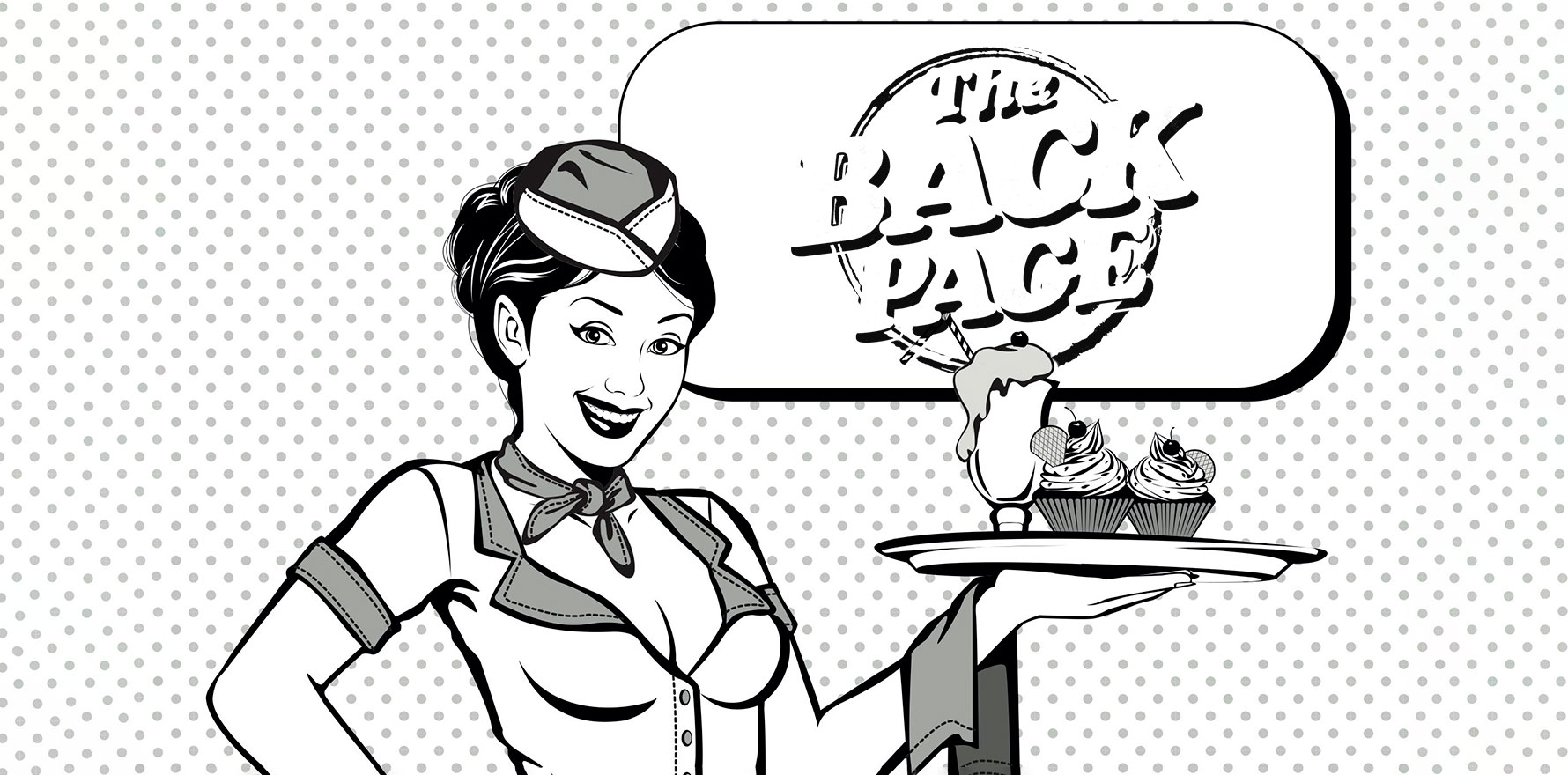Our ancestors did the hard yards on lactose intolerance.
Are you someone who can chug down a banana milkshake in 30 seconds flat and rejoice in the experience, or does all that lactose send you skedaddling to the dunny to paint Pollocks on the porcelain?
If you are in the latter camp, then you are in the majority. But the question of why some humans can tolerate the main sugar in animal milk and others not so much is not clear cut.
The ability to digest lactose is down to whether or not you possess a gene that gives you the ability to produce an enzyme called lactase, which breaks down the lactose before it can combine with bacteria in the colon and wreak havoc.
For years it was thought that humans developed a genetic tolerance for lactose at around 7000BC, the same time as we began consuming regularly consuming animal milk (other than human breastmilk) as part of our diet.
But a new study, published this week in the journal Nature by University of Bristol and University College London, suggests that this was not the case and that widespread lactose tolerance only became a thing about 1000BC.
So for the rest of the time, our hardy ancestors were seemingly prepared to guzzle down the local dairy supplies and suck up the digestive consequences.
To reach this conclusion, the boffins developed a map of prehistoric milk consumption by analysing 6899 animal fat residues derived from 13,181 fragments of pottery from 554 archaeological sites.
That evidence suggested milk use was widespread in Europe from the Neolithic period onwards (from around 7000BC) but varied across different regions and times.
The researchers also examined the frequency of the main lactase persistence gene variant among Eurasians through time, based on published ancient DNA data from 1786 prehistoric European and Asian individuals. The results showed that lactase persistence was not common until around 1000BC, nearly 4000 years after it was first detected.
Together, these findings indicate that in Europe milk use was widespread when prehistoric people were still largely lactose intolerant. This raises the questions as to whether dairy consumption per se had a major role in the development of the tolerance gene.
The authors theorise that a combination of famine and increased exposure to pathogens among humans living closely with their dairy animals might more readily explain the rise of lactose tolerance.
“We propose that lactase non-persistent individuals consumed milk when it became available but, under conditions of famine and/or increased pathogen exposure, this was disadvantageous, driving lactase persistence selection in prehistoric Europe,” the authors say.
Or in other words, prehistoric folks who were lactose intolerant and weakened by famine and disease, drank milk because they had to and subsequently shat themselves to death, thus removing their genes from the pool.
I guess the lactose tolerant among us should be thanking them for their sacrifice.
If you see something that doesn’t digest comfortably, share the discomfort with penny@medicalrepublic.com.au.


